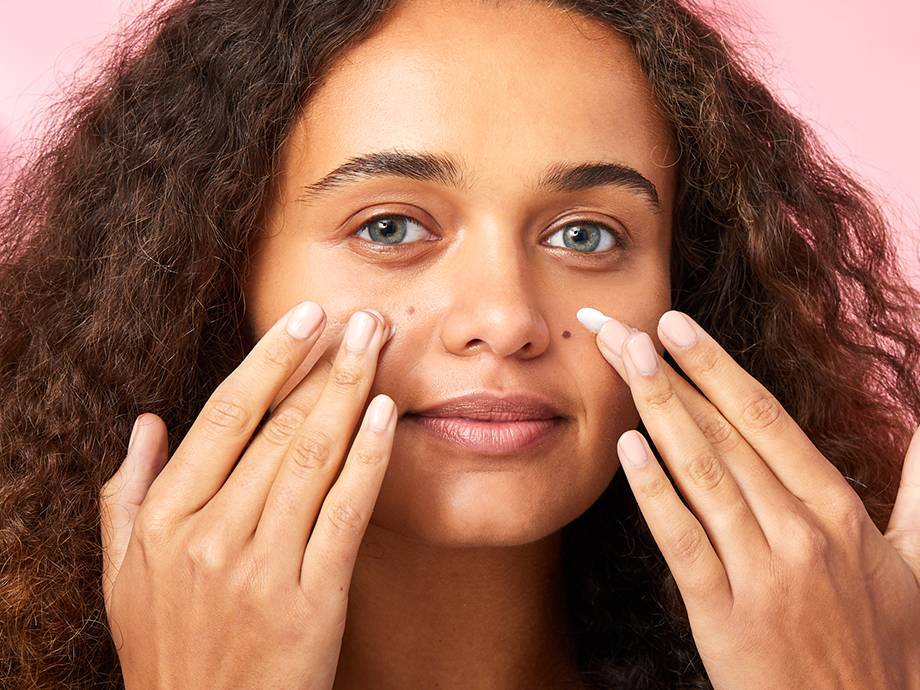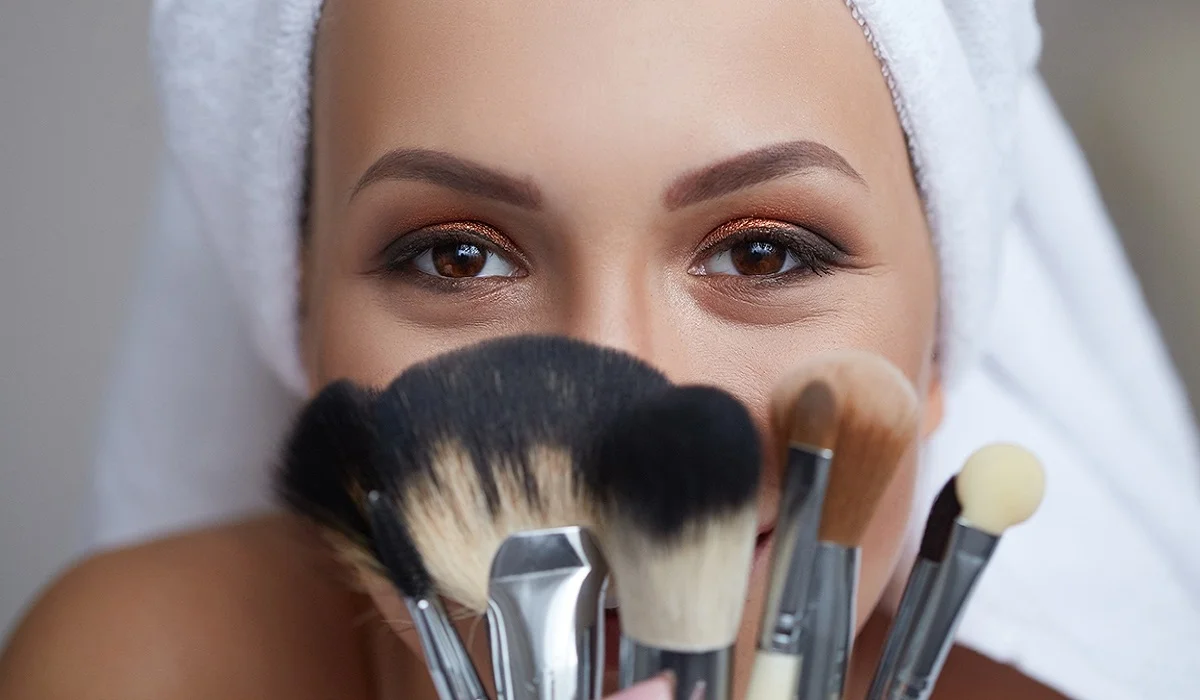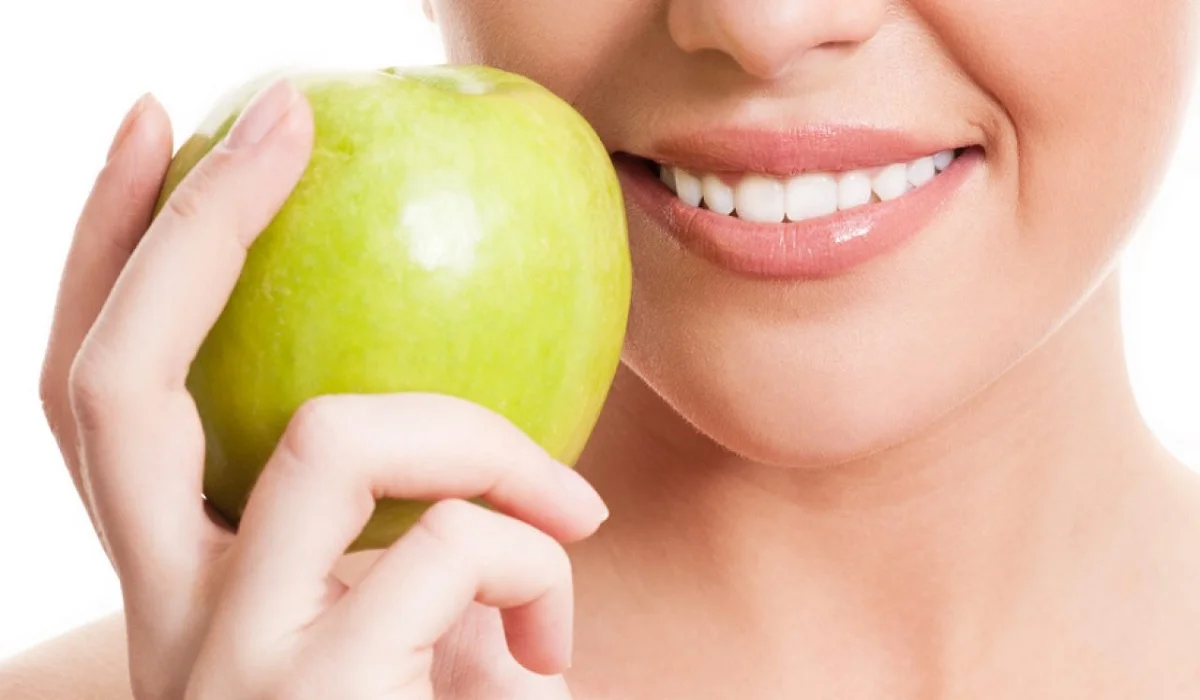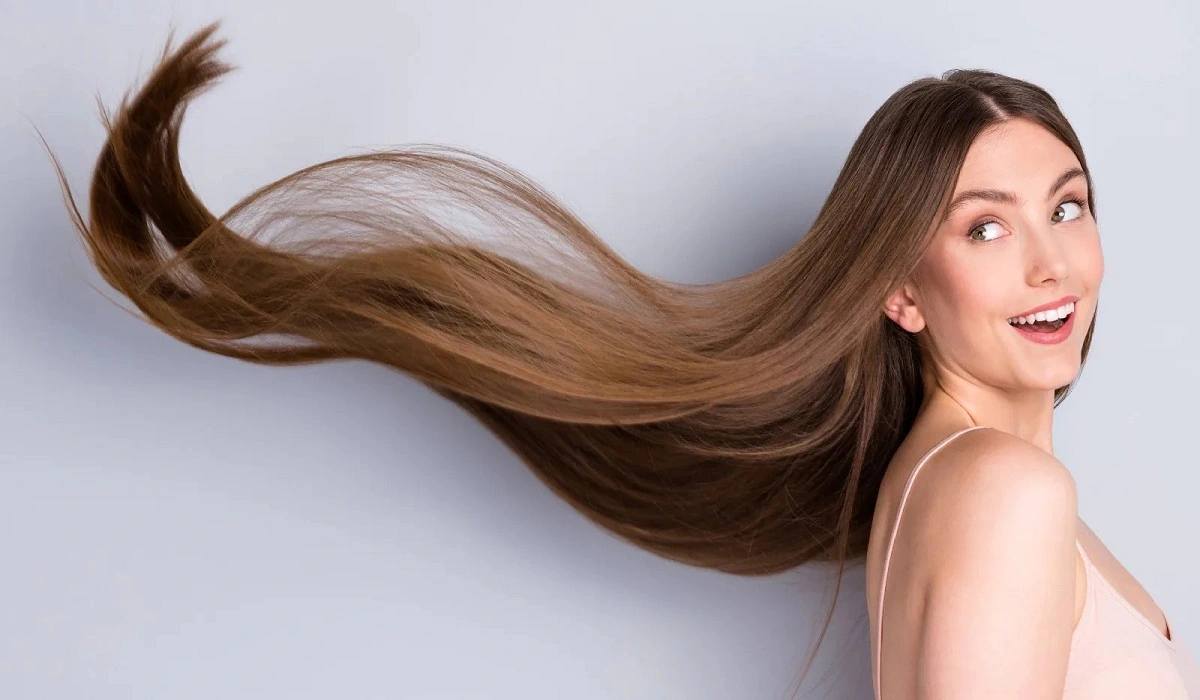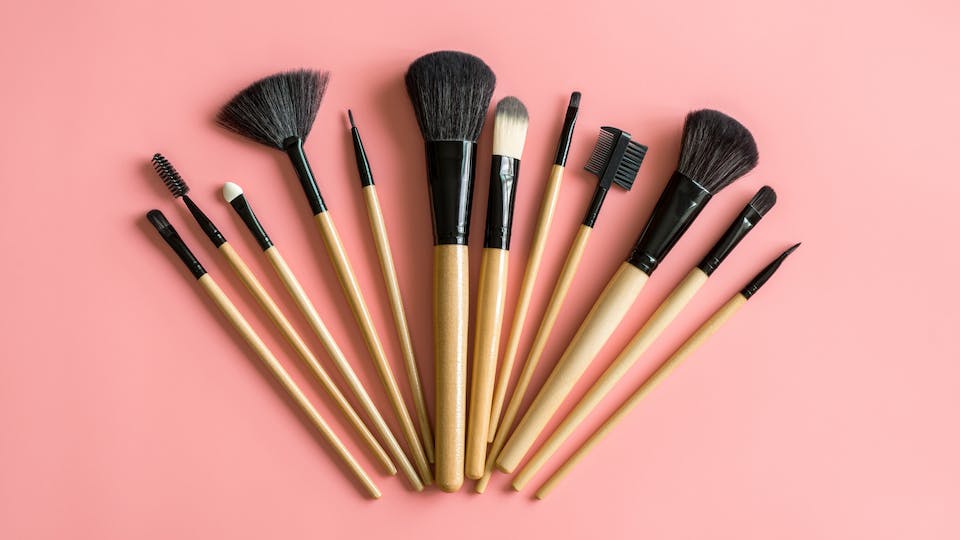Beauty blenders have revolutionized the way we apply makeup, offering a flawless finish that brushes and fingers simply cannot match. Made from hydrophilic foam, they’re designed to absorb water, allowing makeup to sit on the surface and blend seamlessly into the skin. However, this same feature that makes them so effective also makes them a breeding ground for bacteria if not cleaned properly.
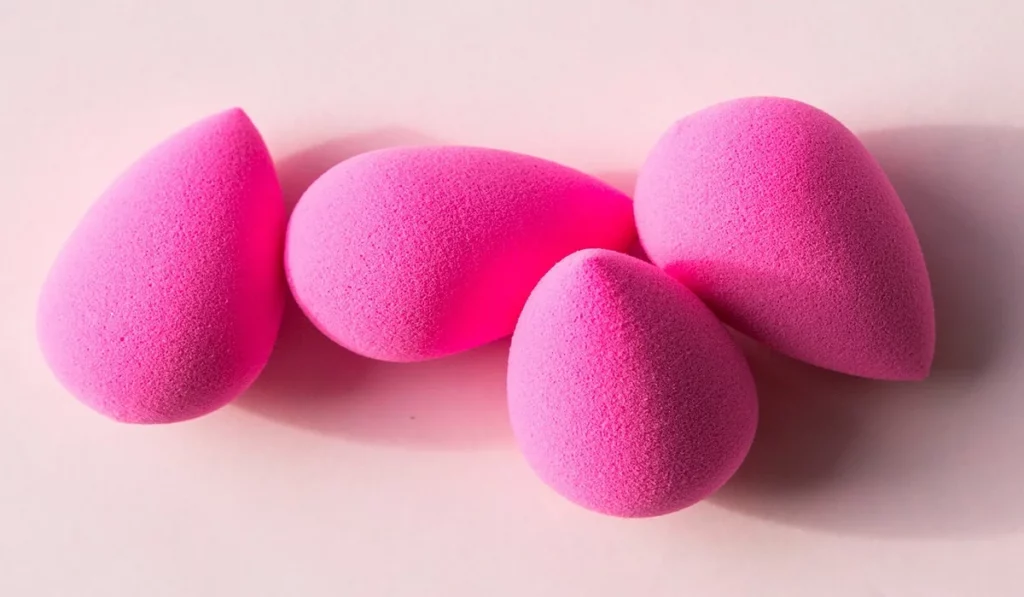
Preparation for Cleaning
Before diving into the cleaning process, you’ll need a few essentials: mild soap (liquid or bar), warm water, a clean towel, and a drying area. Start by wetting your beauty blender under warm running water, squeezing it several times to ensure it’s fully saturated.
Daily Cleaning Techniques
For daily cleaning, a quick rinse under warm water with a bit of soap will do. Gently work the soap into the sponge with your fingers, rinse thoroughly until the water runs clear, and then squeeze out any excess water. This daily ritual can significantly extend the life of your beauty blender and prevent the buildup of harmful bacteria.
Deep Cleaning Methods
Every week, your beauty blender deserves a deep clean. Fill a bowl with warm water and a squirt of gentle soap, submerge your beauty blender, and let it soak for a few hours. After soaking, gently massage the sponge to release trapped makeup and rinse thoroughly. For stubborn stains, olive oil mixed with dish soap can work wonders.
Natural and Eco-Friendly Cleaning Options
If you prefer a more natural approach, consider using a mixture of baking soda and water to form a paste. This natural abrasive can help remove stubborn stains without damaging the sponge. Rinse thoroughly after application to remove any residue.
Drying and Storage Tips
After cleaning, it’s crucial to dry your beauty blender properly to prevent mold growth. Squeeze out any excess water with a clean towel and leave it in a well-ventilated area away from direct sunlight. Avoid storing it in airtight containers while it’s still damp.
Troubleshooting Common Issues
Stains and odors can be persistent problems, but soaking your beauty blender in a vinegar and water solution can help neutralize odors and loosen stains. Regular cleaning and proper storage are key to preventing these issues.

How to Clean a Beauty Blender
This consolidated guide emphasizes the importance of both daily and deep cleaning routines, utilizing both commercial and natural cleaning agents, and following proper drying and storage protocols to maintain your beauty blender’s effectiveness and longevity.
Maintaining a clean beauty blender is crucial for flawless makeup application and skin health. By incorporating these cleaning methods into your beauty routine, you can ensure that your beauty blender remains in top condition, providing the perfect blend every time.
How often should I clean my Beauty Blender?
To ensure your Beauty Blender remains hygienic and performs at its best, it’s recommended to clean it after every use. Daily cleaning removes makeup residue, oils, and bacteria, preventing skin irritations or breakouts. For a thorough deep clean, aim to do so once a week. This routine helps maintain the sponge’s integrity and extends its usability.
Can I use a microwave to disinfect my Beauty Blender?
Yes, you can use a microwave to disinfect your Beauty Blender, but it must be done correctly to avoid damaging the sponge. First, mix mild soap with water in a microwave-safe cup, ensuring the mixture is sudsy. Fully submerge your Beauty Blender in the solution, then microwave it for about 60 seconds. Carefully remove it (the cup will be hot), and rinse your sponge under cold water until the water runs clear. This method helps kill bacteria but should be used as part of your cleaning routine, not as a substitute for regular cleaning.
What are the signs that it’s time to replace my Beauty Blender?
While regular cleaning can extend the life of your Beauty Blender, it won’t last forever. Look out for these signs that it’s time for a replacement:
- The sponge has visible tears or deformities.
- It no longer expands or becomes soft when wet.
- Persistent stains or odors that don’t go away with thorough cleaning.
- The texture changes, affecting makeup application.
Replacing your Beauty Blender every 3 to 6 months is a good practice, depending on usage and care, to ensure the best performance and hygiene.
Is it safe to share my Beauty Blender with others?
Sharing makeup tools like Beauty Blenders can transfer bacteria and lead to skin problems. It’s best to avoid sharing your sponge with others, even after cleaning. If you must share, ensure it’s thoroughly cleaned and disinfected before and after use.
What type of soap is best for cleaning a Beauty Blender?
Opt for gentle, fragrance-free soaps to clean your Beauty Blender. Liquid dish soap, gentle bar soaps, or specially formulated brush and sponge cleansers work well. These soaps effectively break down makeup and oils without harming the sponge’s material. Avoid harsh detergents or those with moisturizers that can leave a residue.
Can I clean my Beauty Blender with baby shampoo?
Yes, baby shampoo can be a safe and gentle option for cleaning your Beauty Blender. Its mild formula effectively cleanses without containing harsh chemicals that could degrade the sponge. However, ensure thorough rinsing to remove all shampoo residues, which might affect the sponge’s performance.
Remember, the key to a flawless makeup application lies not just in the skill but also in the tools you use, and keeping those tools clean is crucial for the best results and skin health.

